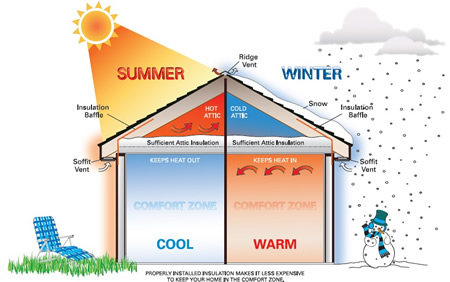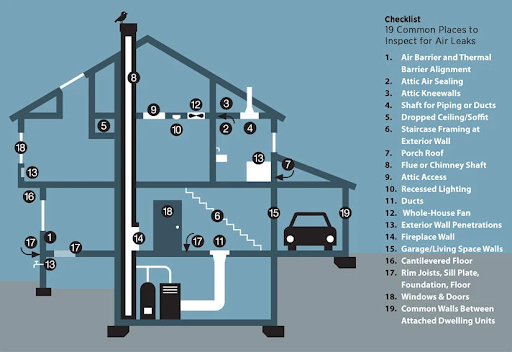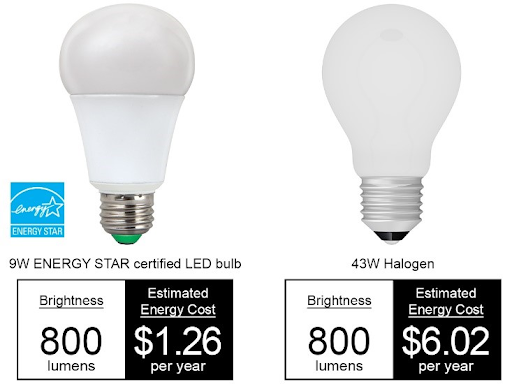Facts

NYSERDA services are FREE or 50/50% split funding levels to income qualifying clients.
Americans waste $200 to $400 in home energy expenses per year due to air leaks and outdated HVAC (heating, ventilation and air conditioning) systems


A properly insulated attic can reduce your energy bill by 10% to 50%, according to the Department of Energy.
LED bulbs use about 75% less energy and last 25 times longer than incandescent bulbs, saving the average household about $225 per year.


The average household wastes $150 per year in energy costs just from holes and cracks in their homes
Insulation in your home provides resistance to heat flow and lowers your heating and cooling costs. Properly insulating your home not only reduces heating and cooling costs, but also improves comfort.


A home energy assessment, also known as a home energy audit, can help you understand the whole picture of your home's energy use, comfort, and safety. An assessment can help you determine how much energy your home uses, where your home is inefficient, and which problem areas and fixes you should prioritize to save energy and improve the comfort of your home.
Heating your home uses more energy and costs more money than any other system in your home -- typically making up about 29% of your utility bill. No matter what kind of heating system you have in your house, you can save money and increase your comfort by properly maintaining and upgrading your equipment. But remember, an energy-efficient furnace alone will not have as great an impact on your energy bills as using the whole-house approach. By combining proper equipment maintenance and upgrades with recommended insulation, air sealing, and thermostat settings, you can save about 30% on your energy bill.


Controlling moisture by ventilation can make your home more energy-efficient, less costly to heat and cool, more comfortable, and prevent mold growth. Properly controlling moisture in your home will improve the effectiveness of your air sealing and insulation efforts, and these efforts in turn will help control moisture.
Reducing the amount of air that leaks in and out of your home is a cost-effective way to cut heating and cooling costs, improve durability, increase comfort, and create a healthier indoor environment. Caulking and weatherstripping are two simple and effective air-sealing techniques. Caulk is generally used for cracks and openings between stationary house components such as around door and window frames, and weatherstripping is used to seal components that move, such as doors and operable windows.
On average, households lose about 20 percent of their heated and cooled air through the duct system to the outside. To avoid wasting energy, have your ducts inspected to ensure they’re sealed properly and insulated if necessary.


Programmable thermostats can save up to $150 a year on energy costs when used properly. Use one that can automatically turn off your cooling system when you are not home, and turn your system on in time for you to arrive home to a cooled house.
LED stands for light emitting diode. LED lighting products produce light up to 90% more efficiently than incandescent light bulbs. Incandescent bulbs produce light using electricity to heat a metal filament until it becomes “white” hot or is said to incandesce. As a result, incandescent bulbs release 90% of their energy as heat.


On average, households lose about 20 percent of their heated and cooled air through the duct system to the outside. To avoid wasting energy, have your ducts inspected to ensure they’re sealed properly and insulated if necessary.
Weather strip and insulate your home's attic hatch or door to help keep your home more comfortable and save energy.

